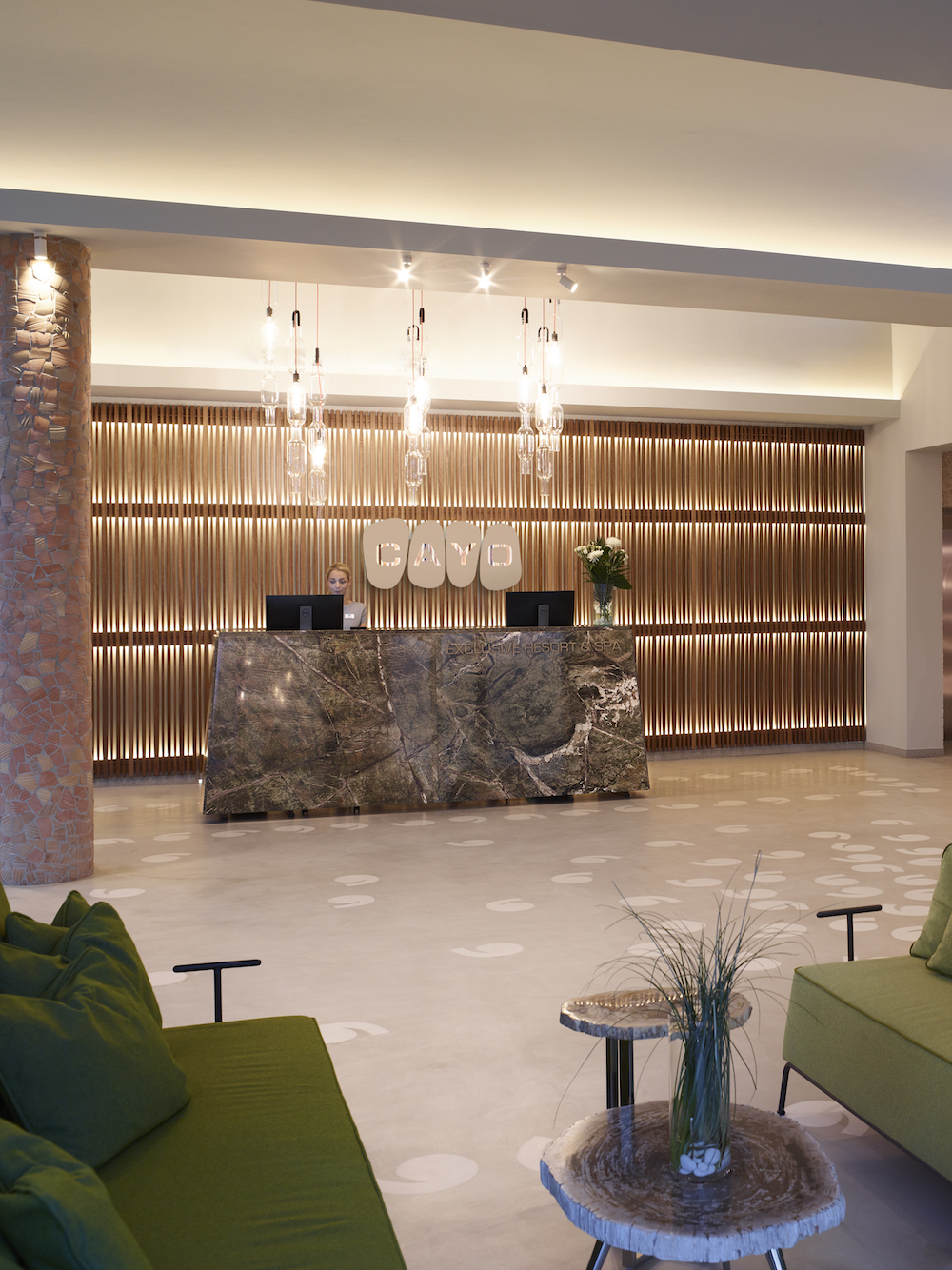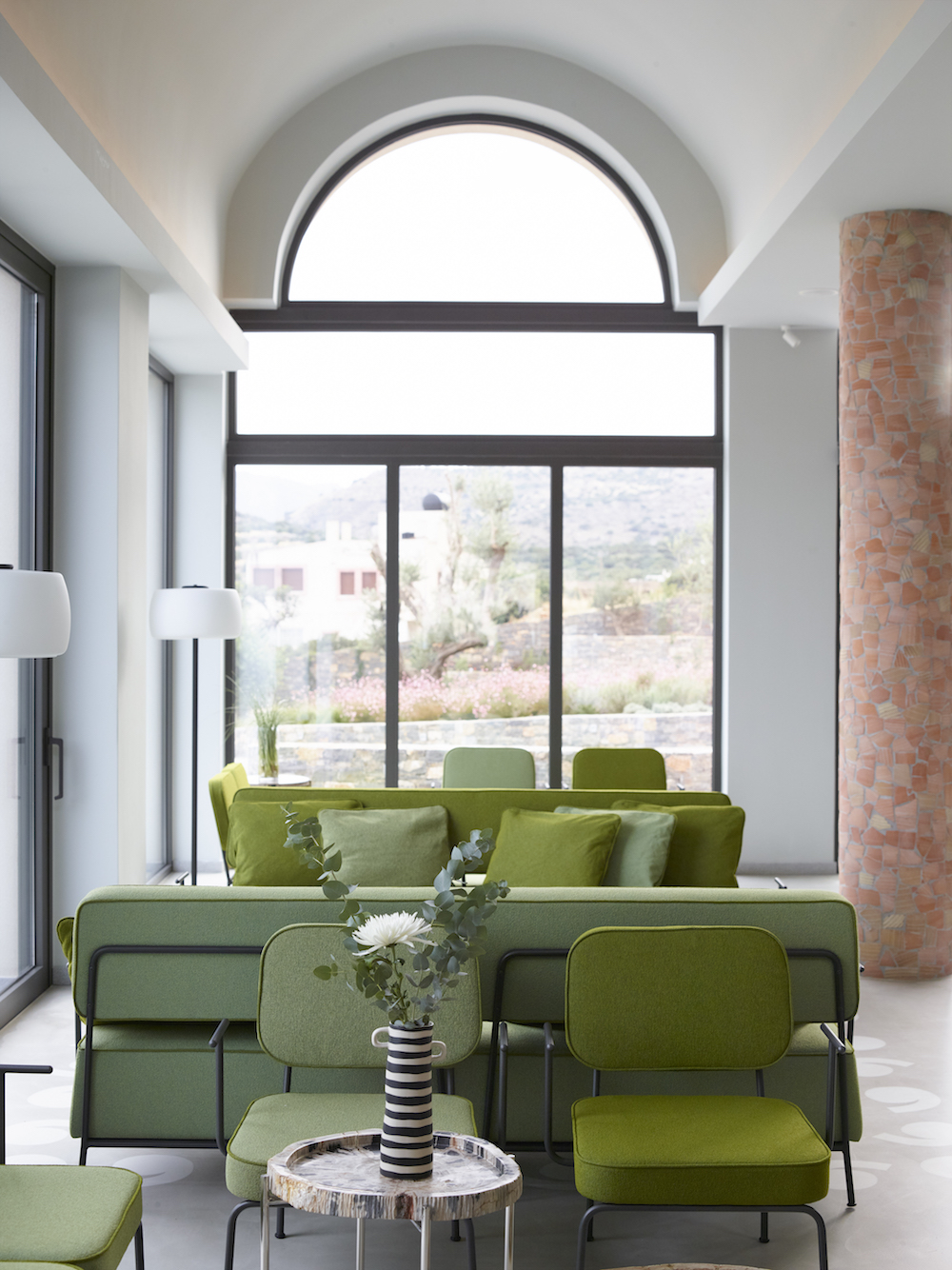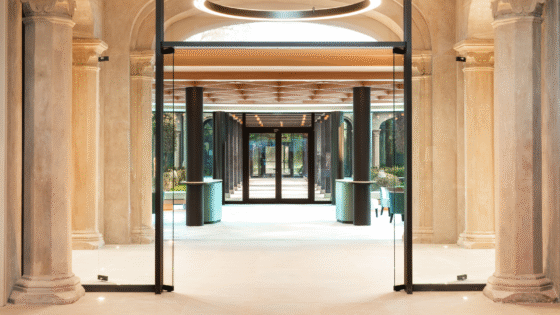Ahead of the official opening of CAYO Exclusive Resort and Spa – a new property that is known locally as the most stylish hotel in Crete – we caught up with the projects designer, Gian Paolo Venier to discuss design detail and decor must-haves…
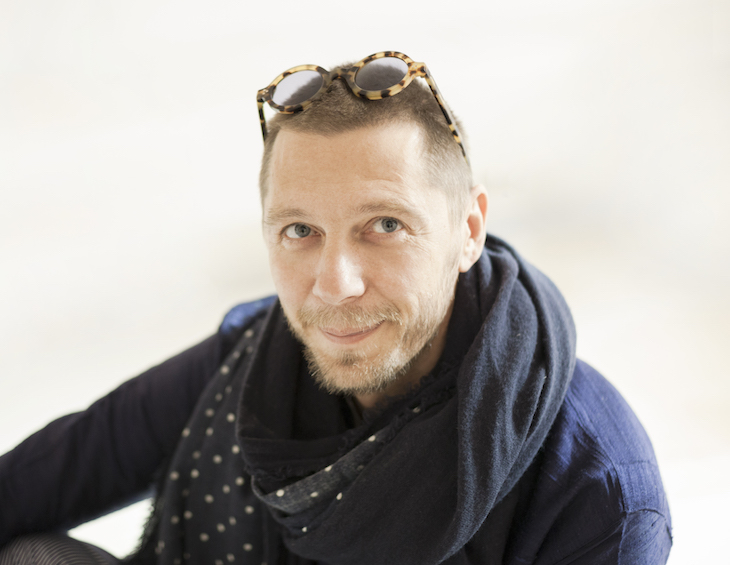
In summer last year, we gave our readers the first sneak peek inside CAYO Exclusive Resort and Spa.
Taking luxury, gastronomy and design to a new level on the island, the property, which is just a stone’s throw from sought-after Elounda, the hotel will open later this year with a mind-body balancing spa, four gastronomic restaurants, stylish rooms, suites and villas with private plunge pools and unrivalled vistas of Spinalonga Island.
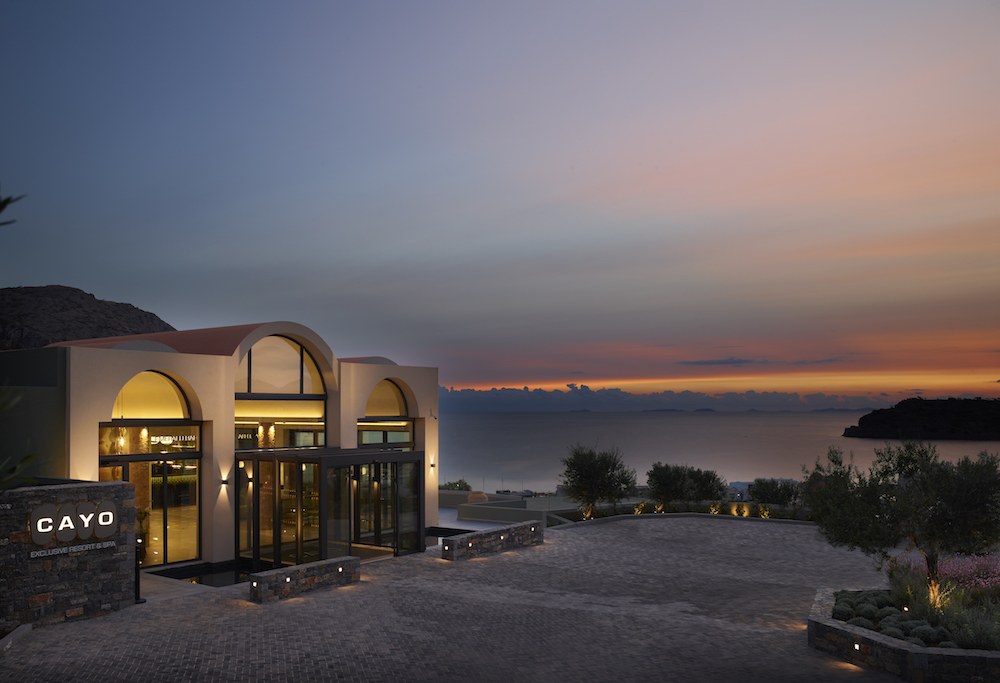
Image credit: CAYO
Drawing from a calming and neutral palette, interior designer Gian Paolo Venier has blended cool greys, soft blues and greens with brushed marble, chic glass and stone in a nod toward the historical locale and architecture of nearby ancient city of Olous.
To understand more about the design narrative, we caught up with the designer himself.
Hotel Design: What were your first thoughts when you were presented with the concept of CAYO?
Gian Paolo Venier: I was excited. The location is astonishing, and the brief I was presented with was both stimulating and challenging – not only was it a huge project, almost all the rooms are different. The architecture balanced perfectly with the landscape following a simple, timeless approach. I saw the project as a blank canvas, and couldn’t wait to create its own unique personality.
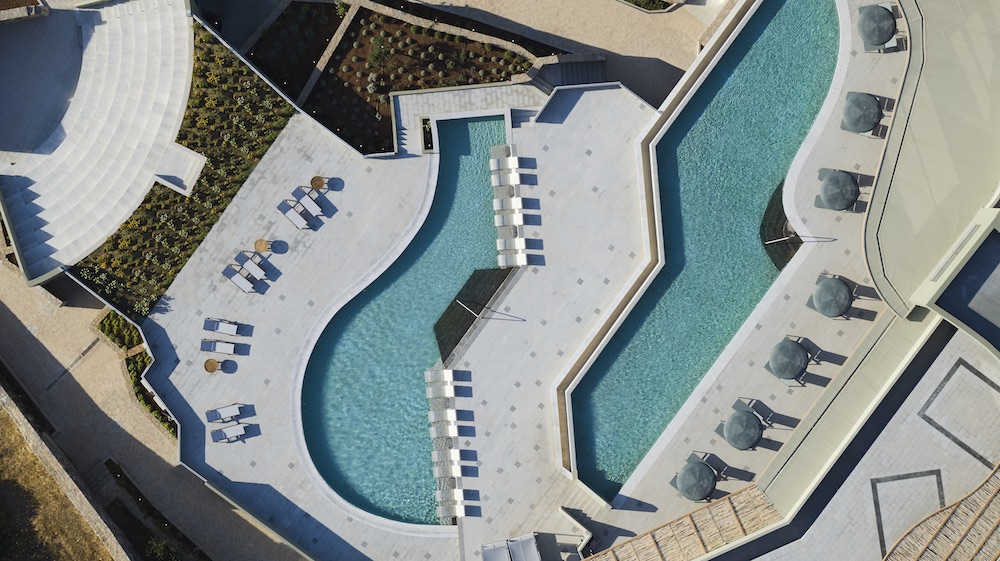
Image credit: CAYO
The cherry on top of the cake for me was Cayo’s location, my beloved country of Greece, where I have spent a lot of time over the years and become increasingly familiar with its islands. I am in love with the people, lifestyle, landscape, colours… and Meltemi (the Greek wind)! It is one of the places I feel happiest and truly at home. The project began in Paris, I met with the owners for lunch, and they introduced me to CAYO. We clicked right from the offset and soon become friends, then accomplices.

Image credit: CAYO
HD: CAYO’s surroundings clearly play a big part in the property’s design. Can you tell us more about the process of creating hotel interiors that reflect the natural surroundings?
GPV: With all of my projects I take lots of inspiration from the destination and try to reflect it as much as possible through my design. I enjoy finding parallels between the land and the culture, and in Cayo’s case, the landscape is so prevalent that it would be impossible not to centre the design on the property’s beautiful surroundings. For the facade of the building, we created a colour palette that complimented the surroundings. We wanted to ensure CAYO blended into the landscape and create a soft transition from nature to architecture. We incorporated pebbles within the design, as they’re traditionally used in Greece for flooring and opted to use them inside playing around with the dimensions.
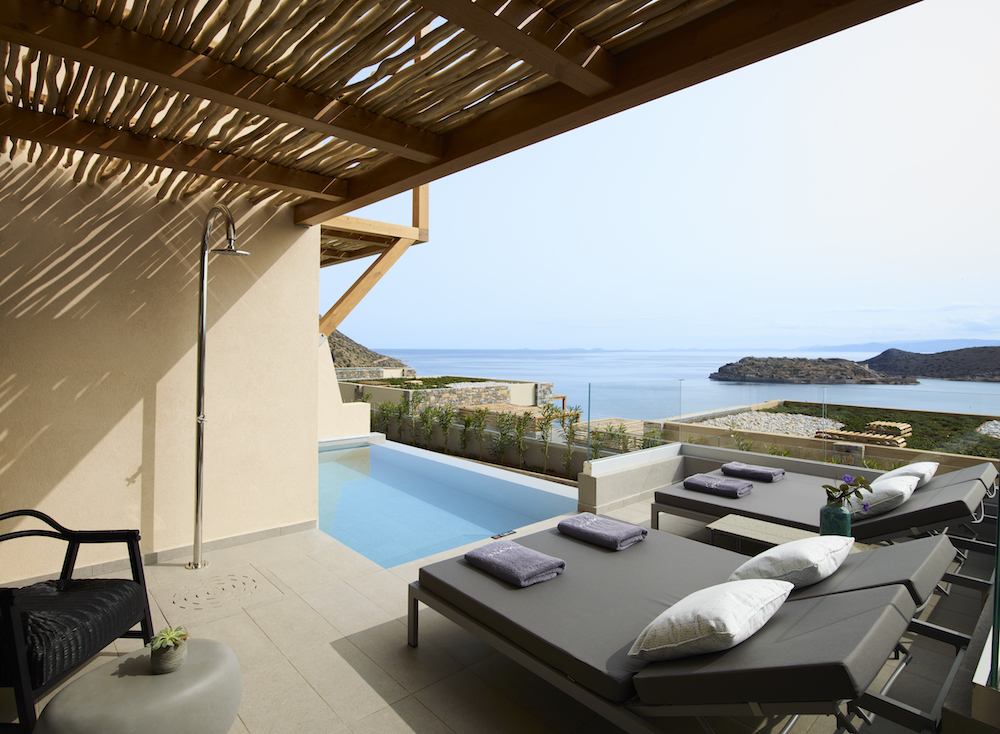
Image credit: CAYO
For the guestrooms, the approach was completely different. All the rooms boast a view of the sea and the islet of Spinalonga, so during the summer months the rooms will be filled with light, with this in mind we created a colour palette that supported the Cretan sun to prevent any harsh contrasts. This end result features lots of pastel colours that blend together whilst showcasing the view.
HD: What’s your favourite design element of CAYO?
GPV: It’s so hard to choose as nearly all elements of the property, from the furniture to light fittings, were custom-made during this project. I love the three-floor chandelier in the main staircase, made of bamboo cages and hundreds of hammered aluminium butterflies. It embodies freedom and is a subtle reminder to the guest to “feel free!”. Another highlight is
the handcrafted pottery we installed in the lobby. The pots were sourced from local potters and the idea was to spark people’s curiosity and perhaps initiate a visit to the local workshop where the pots are still produced today by hand – ultimately telling a story through design.
- Image credit: CAYO
- Image credit: CAYO
HD: One of CAYO’s USPs is that each suite/room boasts a view of the ocean. Was it important for you to emphasise this through your design?
GPV: This was compulsory! It made my job so much easier as I already had the focal point, it was just a case of showcasing this through the design. The view from Cayo is so unique and I didn’t want to take away from this by making the design too loud. I like to think
of Cayo’s design as ‘whispered’ it embraces the natural surroundings instead of forcing itself upon them. Being blessed with the view is like having a Monet painting in each room – you simply design around it! The ambience has already been created; you just need to follow.
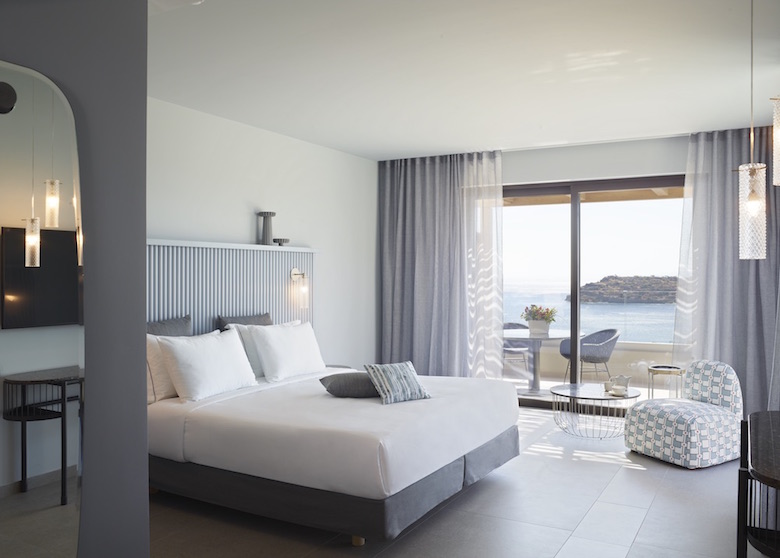
Image credit: CAYO Exclusive Resort and Spa
HD: Natural colours or bright and bold?
GPV: My projects always result in a balance of freshness and joy through the use of colours. The mix of colours depends on the context, the project, the relevance, and the idea that guides the concept. I don’t tend to apply one rule to all of my clients and sometimes I’m surprised by the palettes I create, and I don’t think I’d be a good designer if I wasn’t!
HD: How should we find inspiration when it comes to design? What inspires you?
GPV: When you do this job with passion, you never stop analysing, observing, and cataloguing everything you see. It is an exercise that becomes second nature, and travelling is one of the greatest tools to seek inspiration. It’s the part of my job that brings me the most joy. To discover, meet, investigate, and then return, translate, and redesign. This is an infinite exercise that I find incredibly beneficial.
HD: Do you have any advice for budding home designers?
GPV: During the first lesson at the university, my design professor told us: “You have to experience everything. You cannot design anything if you don’t know and have no experience.” We were very young, and perhaps we did not understand what it meant to experience different contrasts – be that sleeping in a luxury hotel and then trying a hostel or eating in a Michelin- starred restaurant and then a Tavern. Through analysing and acknowledging we can truly understand the meaning of experiences. My professor’s words have always guided me and still ring true today.
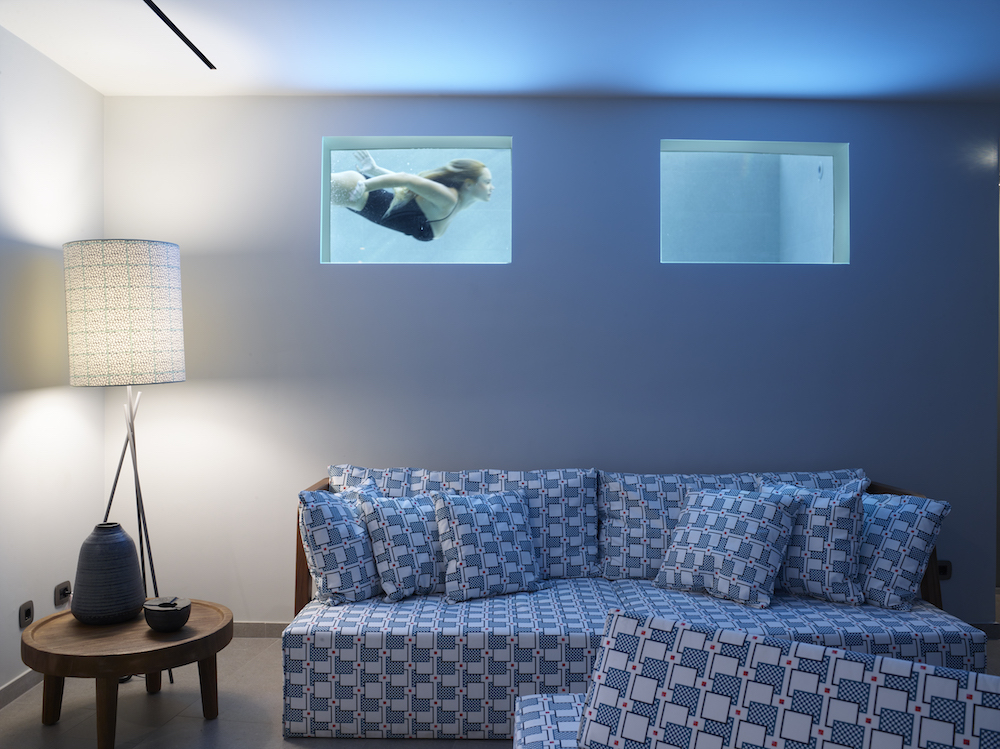
Image credit: CAYO
HD: When it comes to décor, what one item should we all have?
GPV: In 1908, Adolf Loos wrote in his book “Ornament and Crime” that he told his clients not to redesign their new house completely. Instead, he advised them to bring at least three family objects. These three “errors”, as he referred to them, gave the project a touch of humanity and history. I think this means that a “must-have” item must be something personal, which helps define our identity. It doesn’t matter what it is. The important thing is that it represents us or tells something about our history and or identity.
Main image credit: Robert Holden

